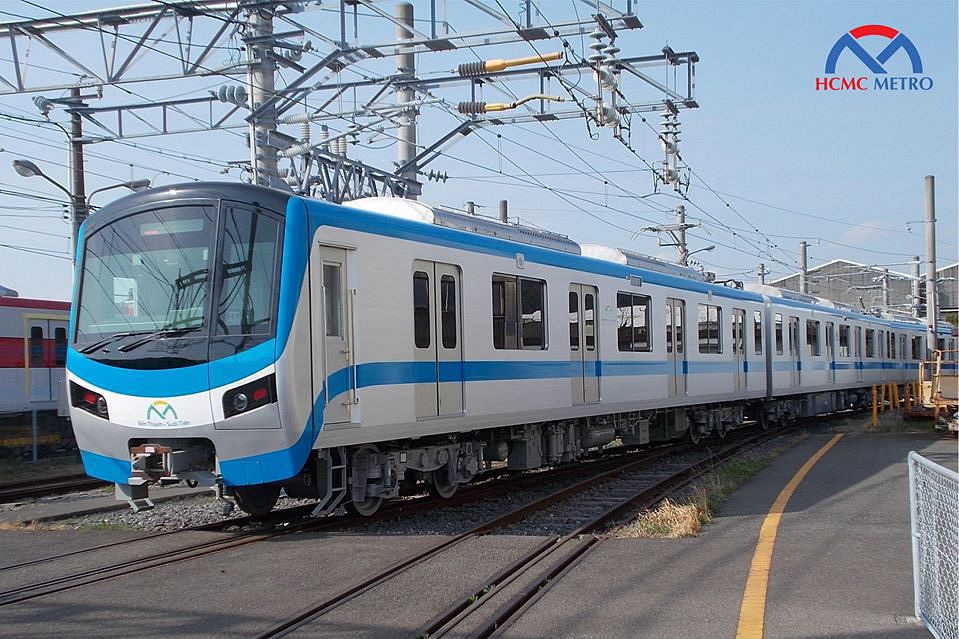With a train ticketing system that’s a decade old, riders on Saigon’s Metro Line 1 might face inconvenience even before even setting foot on the subway.
Earlier this month, the Ho Chi Minh City Department of Transport submitted a ticketing plan for the future Metro Line 1 to the city’s People’s Committee, reports Tuoi Tre. There are currently two proposed pricing schemes, according to the department.
In the first scheme, approved by the committee back in November last year, each metro ticket costs VND8,000 for the base fare and VND800 for each additional kilometer. The second scheme prices tickets from VND7,000 to VND12,000 depending on the distance, with a 9.5 kilometer-long trip costing VND10,000. Commuters can also purchase a day pass at VND22,000 and three-day pass for VND60,000.
According to the Saigon Times, Japanese contractor Hitachi is manufacturing equipment for the metro line’s automated fare collection system, the production of which is 53% complete as of November 2020. Equipment installation is 7% done at stations.
The ticketing system was finalized in 2010, so there are some shortcomings. For one, train commuters can only top up their metro credit at ticketing machines and service counters and not via their bank cards, e-wallets or smartphone. Besides, metro passes were not designed to be individualized, so special groups of passengers like students, senior citizens or people with disabilities can’t automatically enjoy a fare reduction.
The Management Authority for Urban Railways (MAUR) has urged HCMC officials to upgrade the existing fare collection design to reflect new demands. These would include tying future metro passes with the personal identity of riders to make fare discounts available and upgrading passes to link with bank cards to streamline payment.
Saigon Times added that funding for these changes would come from the city budget as they are not covered by the financial assistance provided by the Japan International Cooperation Agency.
In October, Saigon welcomed the first train for Metro Line 1 from Japan after an eight-day journey. From now to next year, when the entire line is projected to start operations, 16 more trains will arrive, equaling a total of 51 passenger cars. Each train can house up to 930 riders.
[Photo: A turnstile at a metro station in Tokyo, Japan/Wikimedia]















